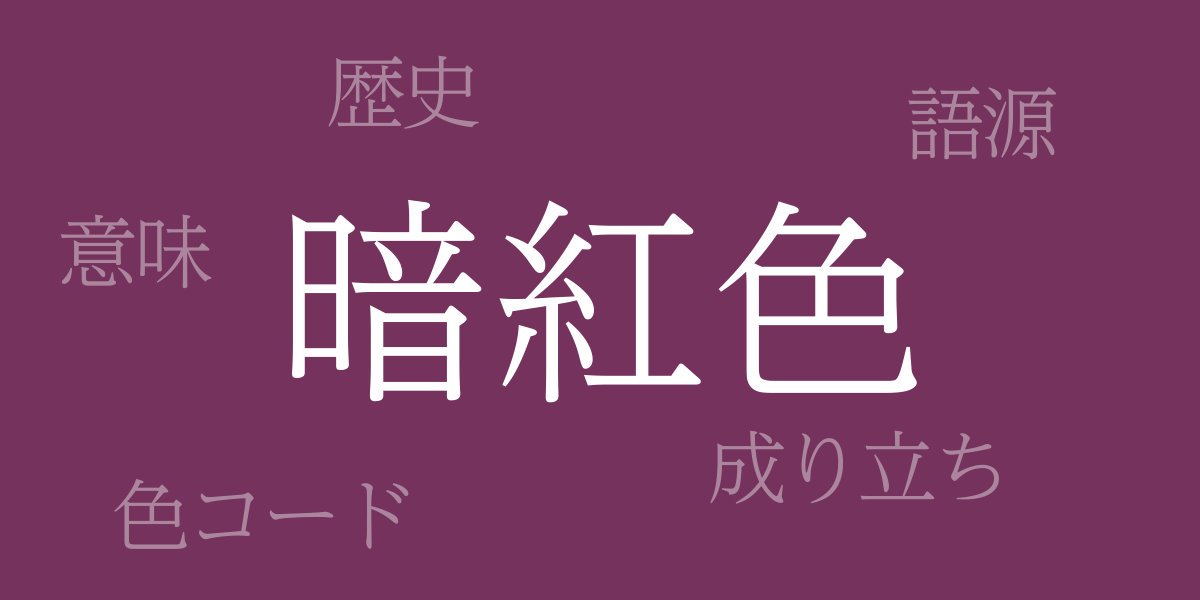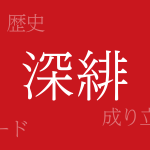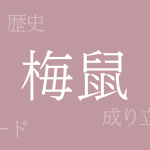Color acts as a mirror reflecting culture and history. Japan’s traditional colors have evolved alongside its unique aesthetic sensibility. Among these, ‘Ankōshoku (暗紅色)’ stands out as a symbol of Japanese tradition and formality. This article explores the allure of Ankōshoku, delving into its rich history and cultural significance.
About Ankōshoku (暗紅色)
Ankōshoku (暗紅色) is a deep red color characterized by its subdued, dark tones. Inspired by Japan’s natural scenery and traditional crafts, this color is often used in formal settings and traditional attire. It resonates deeply with the Japanese sensibility, evoking the changing seasons and rich emotional landscapes.
The History of Ankōshoku
Ankōshoku has been cherished since the Heian period among the aristocracy, often mentioned in classical literature. As dyeing techniques evolved, various shades of red were developed, but Ankōshoku was particularly esteemed as a color of high status. In the samurai society, it also held significant meaning, used in warriors’ garb and other regalia.
Color Codes for Ankōshoku
In modern times, color codes play an essential role in design and web production. The following codes are used to digitally reproduce Ankōshoku:
- HEX: #74325C
- RGB: R:116 G:50 B:92
- CMYK: C:64 M:92 Y:49 K:9
Western Name for Ankōshoku
In the West, Ankōshoku corresponds to ‘Burgundy.’ This name, derived from the Burgundy wine region of France, connotes a color that suggests depth and luxury. It is beloved in fashion and interior design, among other fields.
Summary on Ankōshoku
With its profound hues and rich history, Ankōshoku is recognized globally as a special color. While it holds a firm place as a Japanese traditional color, its beauty is also acknowledged in the international design scene. The rich expressions of this color will continue to captivate people worldwide.

























